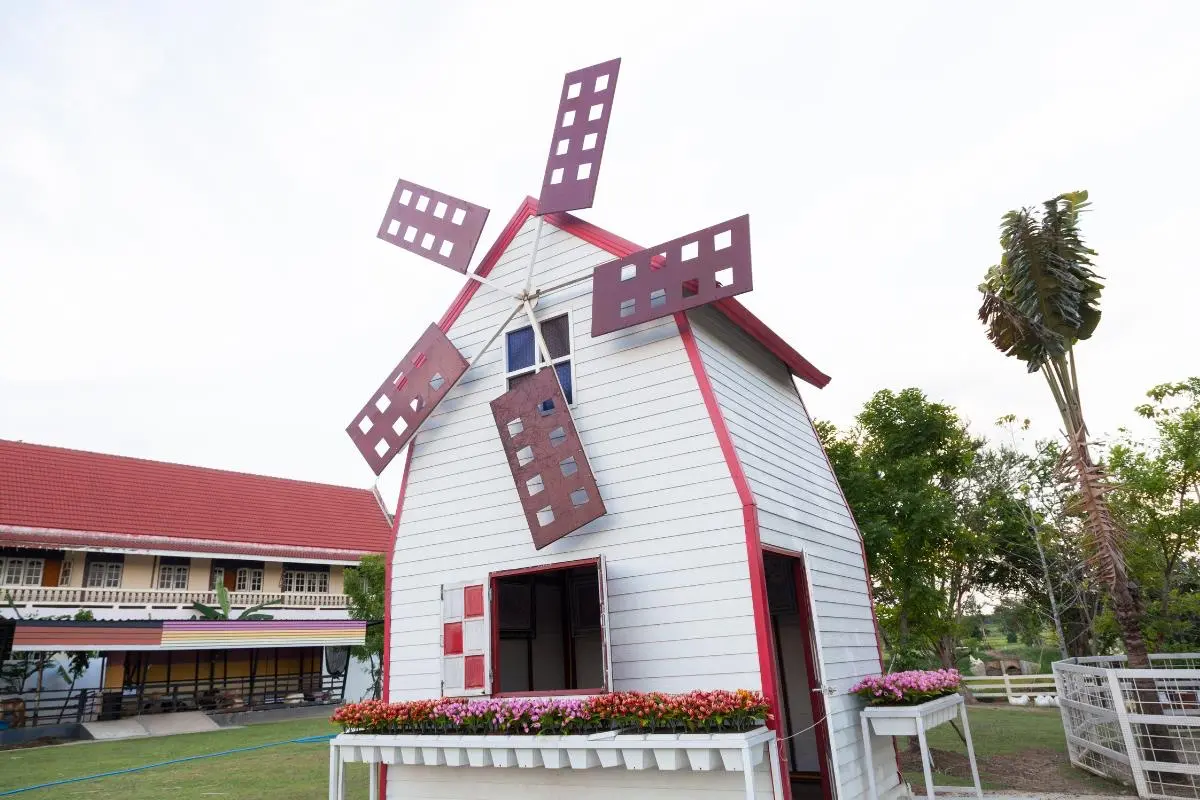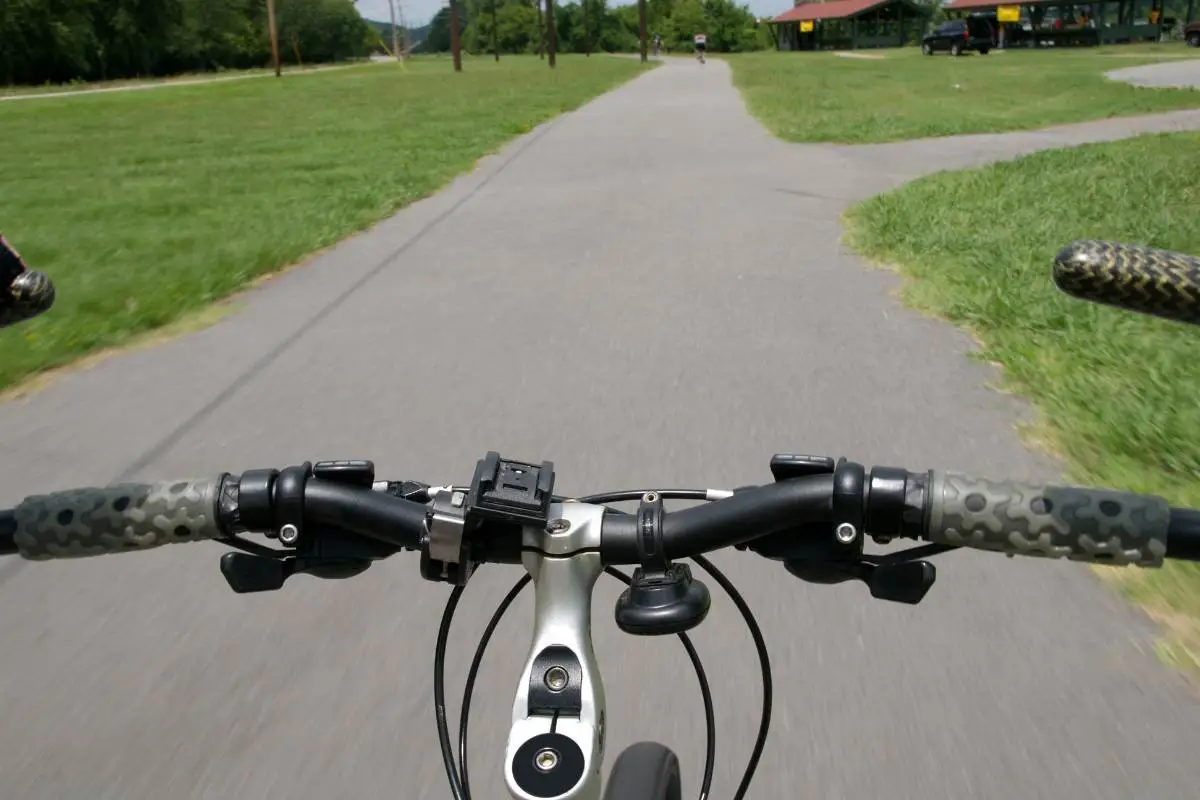Creating a DIY Wind Turbine: Harnessing Wind Power at Home
Wind power is no longer just a dream of the eco-conscious or an option solely for commercial wind farms. With advancements in technology and increased accessibility to materials, constructing a DIY wind turbine has become a feasible project for many homeowners. This article will guide you through the process of creating your own wind turbine, helping you harness the power of the wind from the comfort of your home.
Introduction to DIY Wind Turbines
Wind energy is a clean, renewable source of power that can significantly reduce your electricity bills and carbon footprint. By building a wind turbine, you are taking a step towards sustainable living and energy independence. This guide is designed to help even beginners understand the fundamental components and steps involved in constructing a wind turbine.
Understanding the Basics
Before diving into the construction, it’s crucial to understand the basic components of a wind turbine and how it works. A typical wind turbine consists of the rotor blades, a shaft, a generator, and a tower to hold everything aloft. The blades capture the wind’s kinetic energy and rotate the shaft, which then turns the generator to produce electricity.
Choosing the Right Location
The effectiveness of your wind turbine depends heavily on its location. Ideal sites for wind turbines are typically in open, exposed areas where wind speeds are consistently high. Rooftops, open fields, or hilltops are preferred locations. Before construction, it’s advisable to monitor the wind speed in your chosen location to ensure it’s sufficient to power a turbine.
Step-by-Step Guide to Building a DIY Wind Turbine
Constructing a wind turbine might sound daunting, but with the right tools and guidance, it can be a straightforward and rewarding project. Here’s a detailed breakdown of each step to get you started on your wind power journey.
Materials Needed
- Rotor blades: You can create these from lightweight materials like PVC or aluminum.
- Shaft: A sturdy metal rod will suffice.
- Generator: Small motors from old appliances can be repurposed as generators.
- Tower: Metal or wooden poles are commonly used.
- Tail assembly: Helps in orienting the turbine towards the wind.
- Electrical components: Wires, a controller, batteries, and an inverter.
Constructing the Blades
- Design: Choose the number and shape of your blades. Three-bladed turbines are common and balance efficiency with simplicity.
- Material selection: Depending on your choice, cut the blades from PVC pipes or sheet metal.
- Assembly: Attach the blades to the hub, which will be connected to the shaft.
Building the Tower
- Height considerations: A taller tower captures more wind but requires more material and stability.
- Construction: Assemble your tower from sections of pipe or timber, ensuring it is strong enough to support the turbine.
- Stability: Secure the base with concrete or heavy weights to prevent toppling.
Installing the Generator
- Mounting: Connect the generator to the shaft so that it turns with the blades.
- Electrical setup: Wire the generator to your storage batteries, incorporating a controller to regulate the power output.
- Safety measures: Ensure all electrical connections are insulated and secure to prevent accidents.
This initial part of our guide covers the basics and the first steps in building your DIY wind turbine. By choosing the right materials and carefully assembling the components, you can create an efficient and durable wind turbine that will serve you for years to come.
Stay tuned for the next installment, where we will delve into the finer details of optimizing your turbine’s performance, connecting to the power grid, and ensuring regular maintenance. Whether you’re a seasoned DIY enthusiast or a curious beginner, the journey to harnessing the wind is an empowering endeavor.
Optimizing Your Wind Turbine’s Performance
Fine-Tuning Blade Angles
Blade pitch or the angle of the blades relative to the wind, plays a pivotal role in turbine efficiency. Adjustable blade pitches allow you to optimize the turbine’s performance based on wind conditions:
- Adjustment Mechanism: Implement a simple manual or automated system to adjust the pitch of the blades to capture the maximum energy during varying wind speeds.
- Testing and Calibration: Regular testing will help you determine the optimal blade angles for your specific location.
Enhancing Electrical Output
The electrical components of your turbine need to be optimized to match the output of the generator with your home’s energy requirements:
- Voltage Regulation: Use a charge controller to regulate the voltage and prevent battery overcharging.
- Efficient Inverters: Choose an inverter that can efficiently convert the turbine’s DC output into AC power suitable for home use.
Connecting to the Power Grid
Integrating your wind turbine with the local power grid can allow you to sell excess power back to the utility company, reducing your overall energy costs even further. This process, however, involves several critical steps:
- Grid-Tie Inverter: Install a grid-tie inverter that meets local regulations and safety standards.
- Utility Agreements: Contact your local power company to discuss the terms and conditions for connecting your turbine to the grid.
- Safety Inspections: Ensure your system is inspected and approved by a certified electrician to comply with all local codes and regulations.
Maintaining Your Wind Turbine
Regular maintenance ensures your wind turbine continues to operate efficiently over its lifespan. Here’s what you need to focus on:
Routine Inspections
- Blades: Check for damage or wear and tear. Clean the blades to remove dirt and debris that can affect performance.
- Bearings and Joints: Lubricate moving parts annually to reduce friction and prevent wear.
- Electrical Systems: Inspect wiring and connections for signs of wear or corrosion.
Scheduled Maintenance
- Annually: Conduct a thorough review of the entire system, including the stability of the tower.
- After Severe Weather: Check the turbine for any damage caused by high winds or lightning.
Troubleshooting Common Issues
- Vibrations: Unusual vibrations may indicate misalignment or loose components.
- Reduced Output: This could be due to obstructed blades or electrical issues.
By adhering to these guidelines, you can ensure your DIY wind turbine remains a reliable and effective source of energy for your home.
Conclusion
Embarking on the construction of a DIY wind turbine is a profound step towards embracing renewable energy. The satisfaction of building something that not only reduces your carbon footprint but also cuts down your electricity bills can be immensely gratifying. With the right tools, materials, and guidance, you can successfully harness the power of the wind to generate your own electricity.





